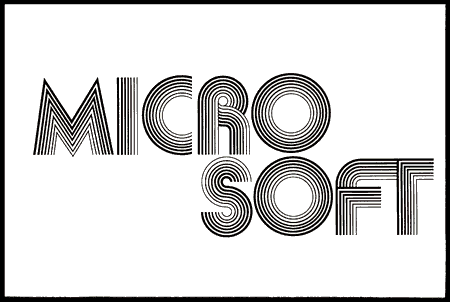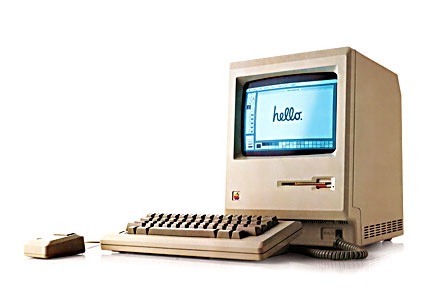 Bill Gates dropped out of Harvard in 1974.
Bill Gates dropped out of Harvard in 1974.
In I975, he co-founded Microsoft – a computer software company that would eventually make Gates the world’s wealthiest man. He earned the money by masterfully guiding the world into the era of networked personal computers.
Today, Gates is no longer the world’s wealthiest, but he’s still worth a healthy US$ 59 billion.
He’s retired from his role as Microsoft’s CEO and instead devotes himself full-time to philanthropy through the Bill & Melinda Gates Foundation. Below, you’ll find 10 business lessons from the life of Bill Gates.
#1 Get Lucky

Gates is a very smart man, but he’s benefitted from more than his fair share of dumb luck.
In 1968, Gates was an eighth grader, attending a private middle school in Seattle called Lakeside. That year, the school invested $3,000 in a state-of-the-art computer.
13-year-old Bill joined computer club and was instantly hooked. He and a handful of other enthusiastic students racked up hours and hours on the machine, learning how to program through trial and error. It was the beginning of a journey that would propel Gates to astronomical success.
Here’s where the dumb luck comes in: in the 1960s, very few colleges had computer labs and a middle school with a computer was unheard of. The chances of a 13-year-old having access to a computer were pretty much one-in-a-million.
If Lakeside hadn’t purchased a computer, then young Bill might never have discovered his love for computer programming and he never would have started Microsoft.
#2 Make the Most of the Luck You’re Given
Bill may have been ridiculously lucky, but all the computer time in the world wouldn’t have meant anything if he hadn’t dedicated himself so fully to master it.
Ultimately, it was the thousands of hours of focused labor that made Gates into the type of computer genius who could start a successful software company.
We don’t always recognize it, but each of us is uniquely lucky. Whether through our natural talents, our circumstances, or our relationships with others, we’re all fortunate to have many paths to success in front of us.
Take in your luck for a moment – and then capitalize on it.
#3 Bite Off More than You Can Chew

Microsoft’s big break came from Bill Gates telling a fib.
Gates called up a computer company called MITS and told them that they had developed a BASIC interpreter for their microcomputer, the Altair 8800.In 1975, Gates and his childhood programming buddy, Paul Allen, were looking for a way to turn their shared computer hobby into a career.
MITS was interested in seeing a demonstration of the software. This presented a problem, since the software Bill had promised didn’t actually exist.
Gates and Allen developed it in a hurry, presented it to MITS, and made the sale. They officially founded Microsoft one month later, in April 1975.
#4 Quality Control is Crucial

As Microsoft grew, it began hiring more and more programmers.
Gates had taken on the role of CEO and his job didn’t call for any programming. But that didn’t stop him from reviewing – and often rewriting – every single line of code that the company released.
Bill’s keen eye for detail ensured that Microsoft always shipped quality software. It also made sure that he never lost track of his team and that he was always intimately familiar with Microsoft’s products.
As your business grows, you’ll likely have to hire a team of employees. It may be tempting to just let them work and trust that they’re doing a good job. But your company has a reputation to protect, so take a page from Gates’ book and keep a close watch on your team’s output.
#5 Revolutionary Ideas are Shown, Not Told
Computer screens once displayed just text.
In the early 80’s, Bill Gates and Steve Ballmer would travel around the country delivering seminars about how graphic interfaces were the operating systems of the future – but nobody believed them.
Computer companies told the Microsoft boys that graphic interfaces would be too slow and that it would be difficult to write the software for them. They were less than enthusiastic when Microsoft announced in 1983 that it was developing Windows

Attitudes changed quickly in 1984, when Apple launched the Macintosh. It became the first commercially successful computer with a graphical user interface (GUI).
All of a sudden, it was obvious to everyone that the wave of the future involved windows, icons, menus, and a pointing device. Within a few years, the market was flooded with graphical OS software. Notable examples include Deskmate, Workbench, and – of course – Microsoft Windows.
Microsoft was able to release Windows 1.0 in 1985, just a year after the Mac’s success, because they had actually started developing the software two years earlier.
If you’ve got a revolutionary idea, don’t worry if other people don’t get it. Start developing it now so that you’ll be prepared when the time is right.



Speak Your Mind